Looking at all the initiatives and concepts regarding trauma healing, I sometimes wonder. How can dysfunctional, deeply traumatized systems create healthy sustainable solutions to stabilize the systems? Every person with mental health issues I worked with over the years had one thing in common: a disconnection to natural (innate) self-regulative mechanisms to release suppressed energies and to balance themselves and, as a consequence, an overloaded, stressed nervous system. This led to all sorts of symptoms and “malfunctions”.
What is trauma?
Trauma as I define it is created when energies that arise in connection with an intense highly emotional experience (e.g. emotional/physical/mental/spiritual pain, fear, overstimulation of the senses) are suppressed and not released out of the body-mind-soul complex.
Here are some examples: A mother looses a child and doesn’t deal with the pain of the loss, but suppresses the corresponding energies – this can lead to personal trauma of the mother. If the energies aren’t released the personal trauma of the mother might be passed on to the next generation (= other siblings and their offspring) and might cause intergenerational trauma. An example for a collective trauma is the colonization of indigenous people in various areas of the world. Colonization (often a result of colonizers carrying intergenerational trauma) affects a whole collective of people who are often suppressing energies corresponding to colonization (e.g. fear, anger), thus creating the collective trauma of colonization, usually passing it on to next generations (intergenerational collective trauma).
These examples show how most people de facto grow up and live in a traumatized social environment. I will write about this more below.
Why do people suppress energies?
The answer to this is easy to understand: if an experience is very painful, horrific, scary, intense, our nervous system is overwhelmed. To protect ourselves from a complete nervous break down, we suppress energies by distracting our minds away from the experience. WW1 and 2, and if we go further down in history, the Middle Ages, long-lasting conflicts like the Israel-Palestine war, and countless other painful experiences left deep wounds in the human psyche and body. As a consequence, all of us who are not born into a functioning indigenous/natural setting live in a traumatized environment with traumatized systems as the energies that have been set into motion by past events haven’t been fully released yet. We carry the trauma (suppressed energies) in our DNA, and we reiterate and accumulate trauma by not acknowledging the intensity of previous and current experiences (“that was in the past; that affected previous generations, not me; we have to look ahead, not dwell in the past”). This means that our actions and decisions are currently influenced by collective and individual trauma.
A traumatized nervous system doesn’t function properly! Colonization, wars, mental, physical and spiritual dis-orders are all consequences of severe trauma that affected and still affects the ability of whole generations to relate to each other in a healthy and balanced way. When our nervous system is traumatized, we cannot be present with each other, we cannot relate to and connect with each other in a balanced way as our vision is blurred and our senses are distorted by the trauma. This leads to “trauma-controlled” (= dysfunctional, disruptive, unbalanced) actions that cause more trauma and a dis-ability to build functioning relationships and connections.
How can we release trauma?
All (wild) animals have the innate ability to re-balance themselves. Often the rebalancing is also supported by other individuals in the community/tribe/pack/pod/flock/herd. It is important that disruptive energies are released out of the system – otherwise they will cause dysfunctions (trauma) further down the track. Disruptive energies are set in motion by experiences that trigger fear: ultimately the fear of death.
All living beings, including the human species, have innate release or self-regulative responses that help them to re-balance their nervous system after such intense experiences.
If there is a natural release response there is no trauma. Trauma only arises if energies are suppressed and are not released out of the nervous system.
How can we step out of this cycle?
Imagine that you live in a beautiful house. Whenever someone brings something into the house that you don’t like, that upsets or scares you, you throw it into one room and lock the door. You don’t look at the things in the room, and just add “unwanted items” as you go. Over time the room fills up more and more. Things are rotting, start smelling badly, some things might wither and fall apart… You might hear funny noises and other odd “occurences” coming from the room. Over time this ominous locked room affects the atmosphere of the whole house. In order to keep things in a healthy balance, you would need to clean out and/or cleanse this room every now and then – ideally, you wouldn’t even store things in there, but instead deal with any unwanted items (energies) at the time or close to the time when they come into your life.
In our individualistic societies people often carry the expectation that they have to deal with personal “stuff” themselves. We think we need to clean our house ourselves. We might get a cleaner in, but we have to pay for him or her – so if we don’t have the money, we will have to do it on our own – or leave things messy. However, to deal with an intense experience or trauma on our own is not easy! Especially if we have to deal with intergenerational and/or collective trauma. Most people will be overwhelmed by this – and, as a consequence, not address the issue and suppress the corresponding energies. Our nervous system is not designed to deal with intense experiences on our own! We are social animals, and this means we need the stabilizing influence of a functional social network around us (family/community/nation/nature) to balance intense experiences. In a functional social system there are always individuals who won’t be triggered as much by the same experience and are able to keep a calm composed state of being. These individuals can then support others who are thrown out of balance. You can observe this phenomenon beautifully in a herd of horses. Imagine a horse that is scared by a bird flying out of a bush. The horse shies and starts galloping (flight response). Other members of the herd raise their heads, some might be triggered and follow in panic. However, there is a wise old lead mare. She assesses the situation, realizes that there is nothing to worry about, lowers her head and starts grazing again – a clear sign for the panicking herd members that there is nothing to run away from, that they can stop galloping. They slowly calm down, breathing heavily, and gradually go back to grazing. The galloping, breathing and grazing are physical release mechanisms that release the triggered energies (fear, panic) out of the body.
As a lot of humans live in a traumatized society and as most of our mainstream systems (health system, educational system, economic system, justice system) are based on trauma (suppressed energies), we no longer release traumatic energies out of our systems in an appropriate way. The majority of the human population is no longer living in healthy indigenous settings and there is a lack of self-regulative mechanisms as well as a lack of healthy individuals who can support others to balance themselves. I meet a lot of therapists, doctors, educators who carry severe trauma without being aware of it. Their path attracted them to be of service to their fellow humans – but they aren’t aware of the “wounded healer” syndrome. We need more conscious support people in our communities: people who are aware of the personal and collective trauma within themselves and within others; people who know self-regulative tools to release suppressed energies, calm the nervous system and balance themselves – so that eventually “the balanced” has a regulative effect on “the unbalanced”.
Other species and intact natural environments can inspire and support us on this journey. By spending time in wild nature, with wild animals (domesticated animals often carry trauma, mostly caused by their close contact with traumatized humans) our nervous system seems to re-balance and recalibrate naturally. Depending on the severity of the trauma and the ability of the nervous system to relax this release process can take a while.
Other methods and therapy programs to calm a triggered, overwhelmed and/or stressed nervous system such as breathing techniques, mindfulness, meditation etc are often not enough to hold a safe space for trauma energies to be released, especially if
- the suppressed energies are intergenerational,
- the living situation of the individual is still overwhelming, unsafe and stressful (= doesn’t allow the person to relax),
- the person doesn’t have ongoing support and social connection with at least one uplifting (balanced) support person,
- the person lives in an unnatural environment and is exposed to or surrounded by traumatized systems and people.
- a safe space,
- conscious and self-aware support people who are able to be present with what is and to tune into individual needs and requirements,
- time and ongoing loving support,
- connection to intact natural systems (wilderness, indigenousness that hasn’t been domesticated, colonized or otherwise affected by traumatized human actions) to re-integrate ourselves into a bigger picture and to remember our innate ability to release (suppressed) energies out of our body-mind-soul system,
- connection to the “beyond-physical” and the “beyond-mental” realms = connection to spiritual realms/Spirit World.
Mental Health symptoms are an indication of our need and readiness to address all these issues and to release suppressed energies out of our systems. Instead of measures which suppress or distract from highly intense energies even more (e.g. medication, affirmations) we need safe spaces where we can open locked doors and clear out some “stuff” acknowledging what has been and is. This is the key to not only mental health, but also to our emotional, spiritual and physical wellbeing and balance.
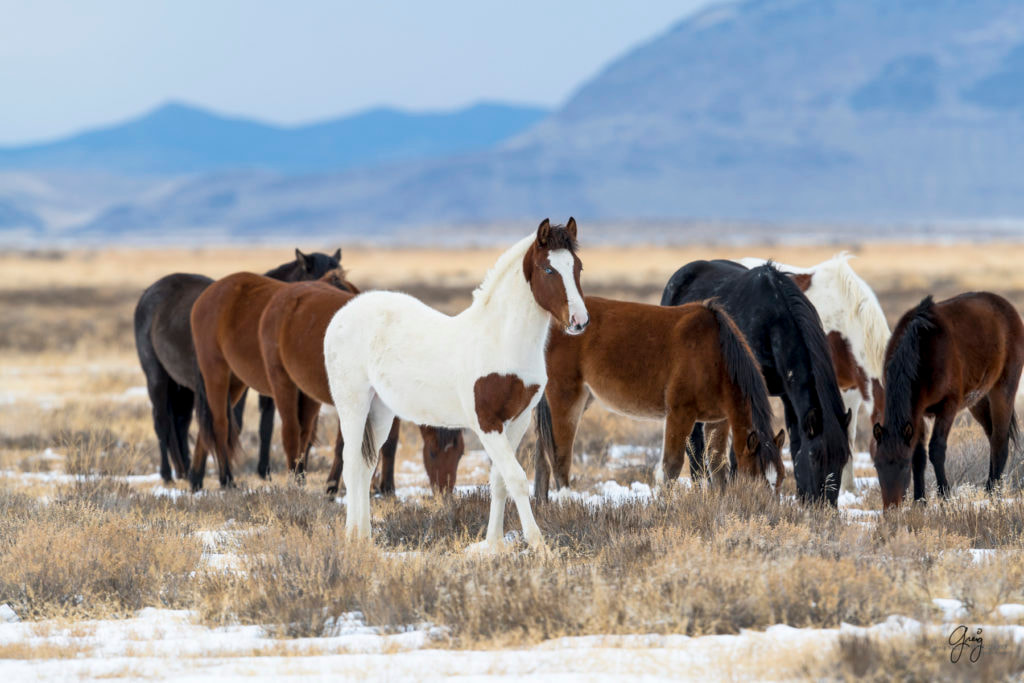

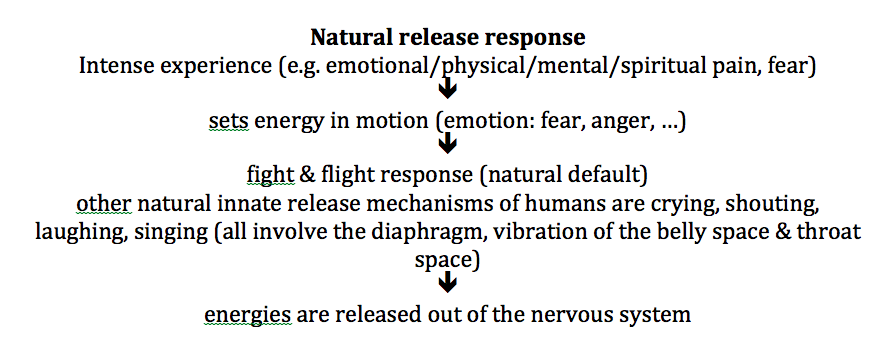
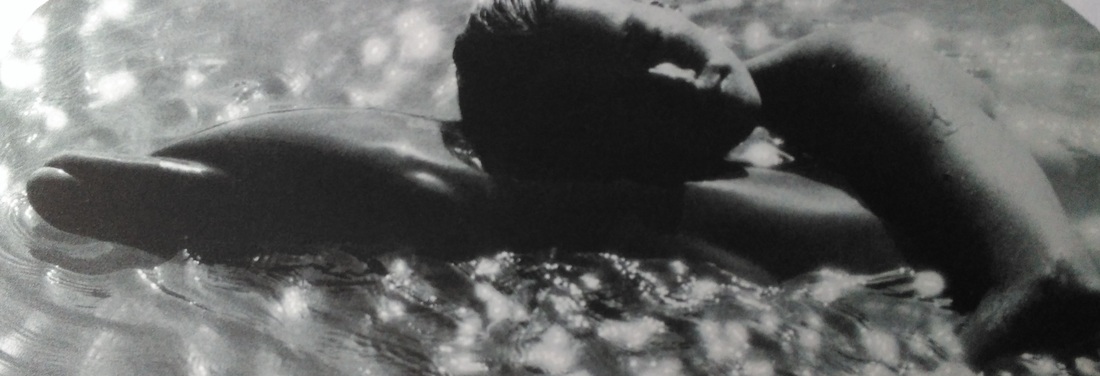
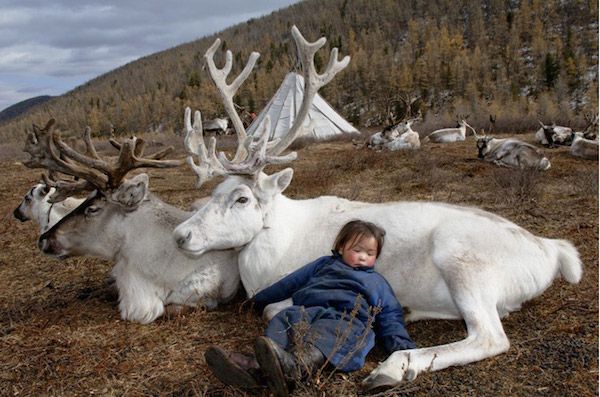
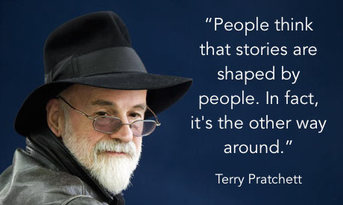
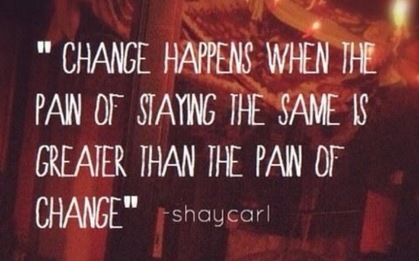
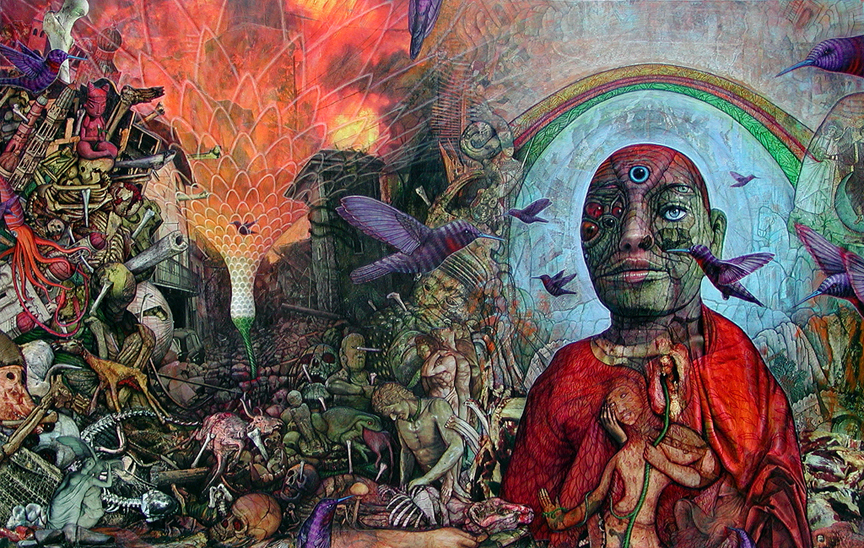
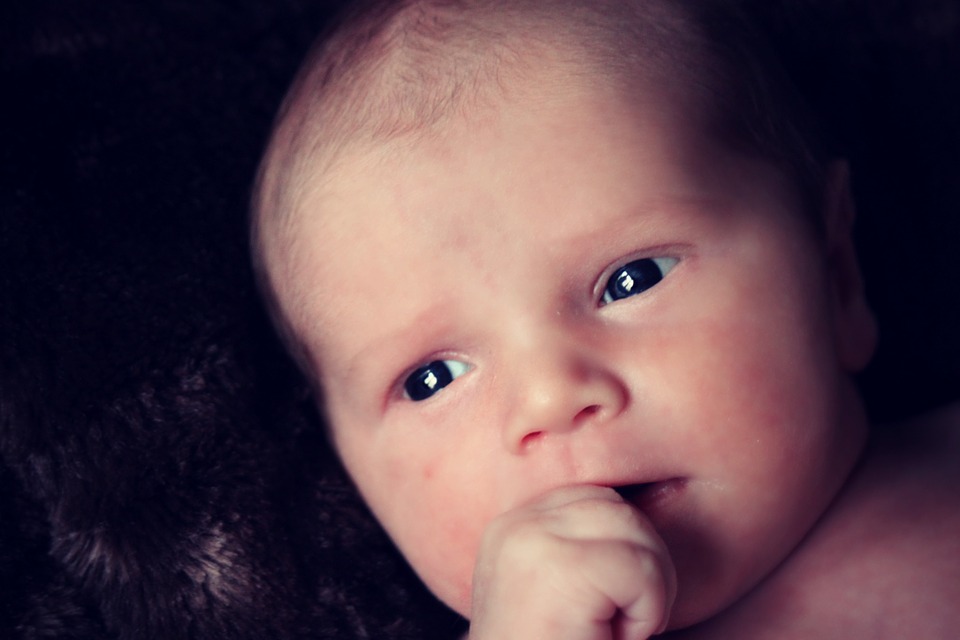
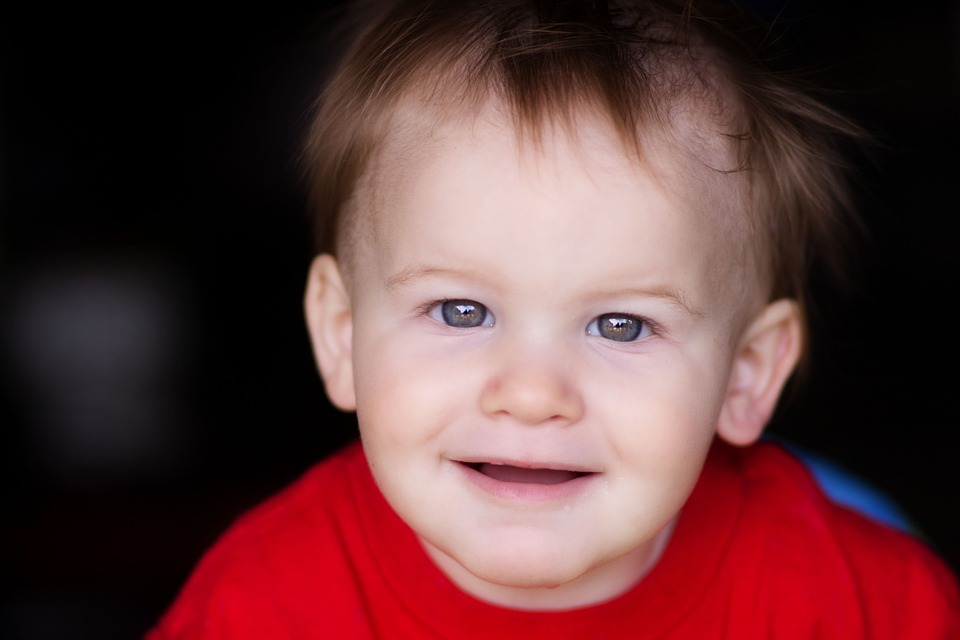

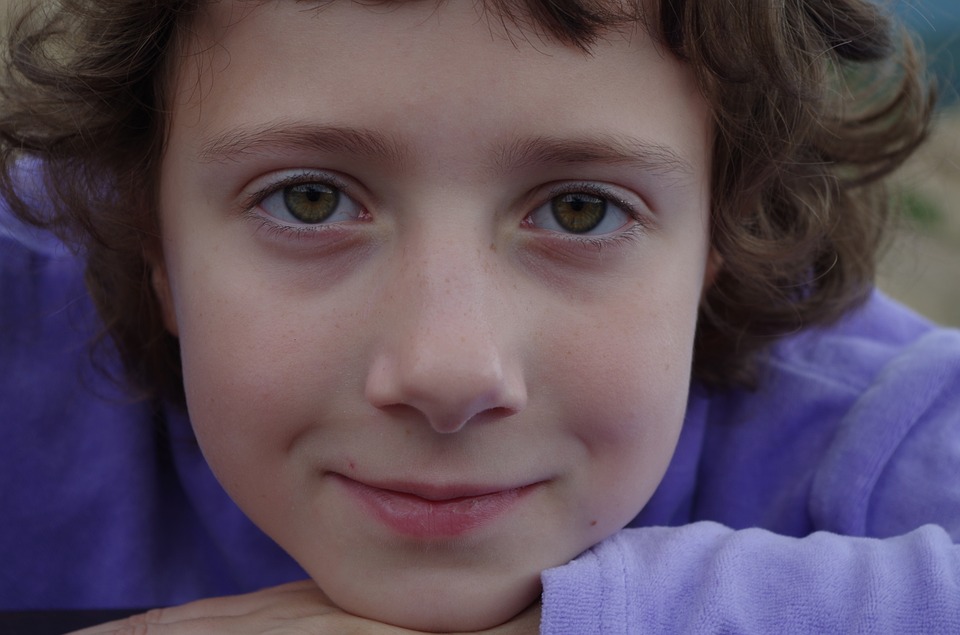
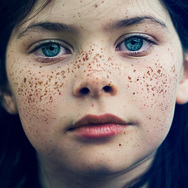

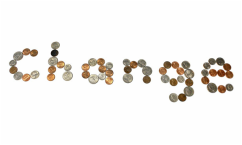
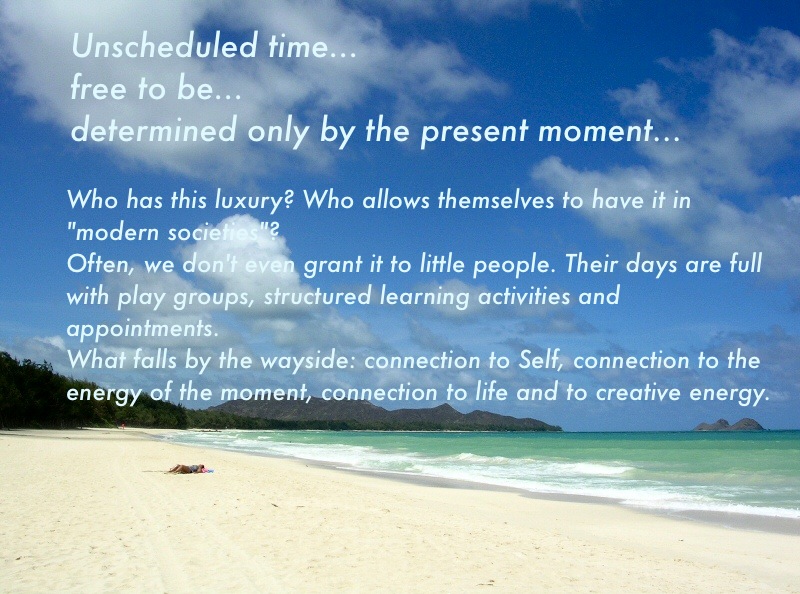
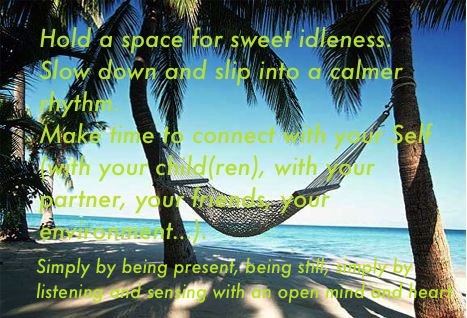
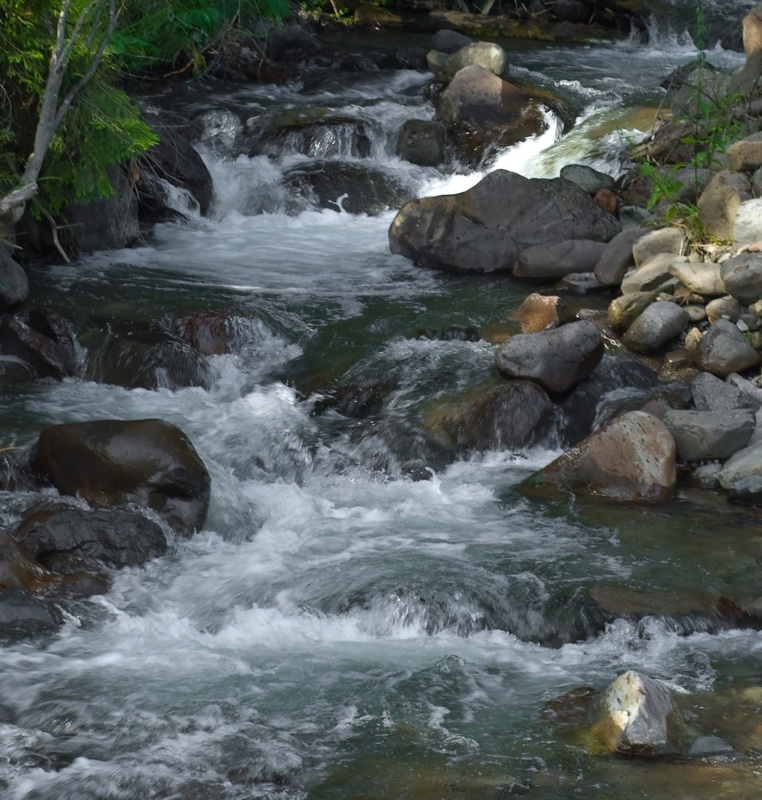
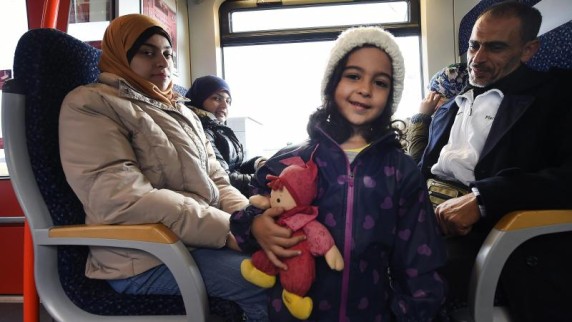
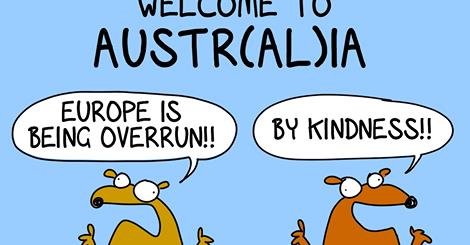
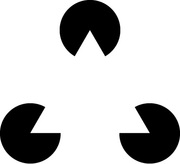
 RSS Feed
RSS Feed